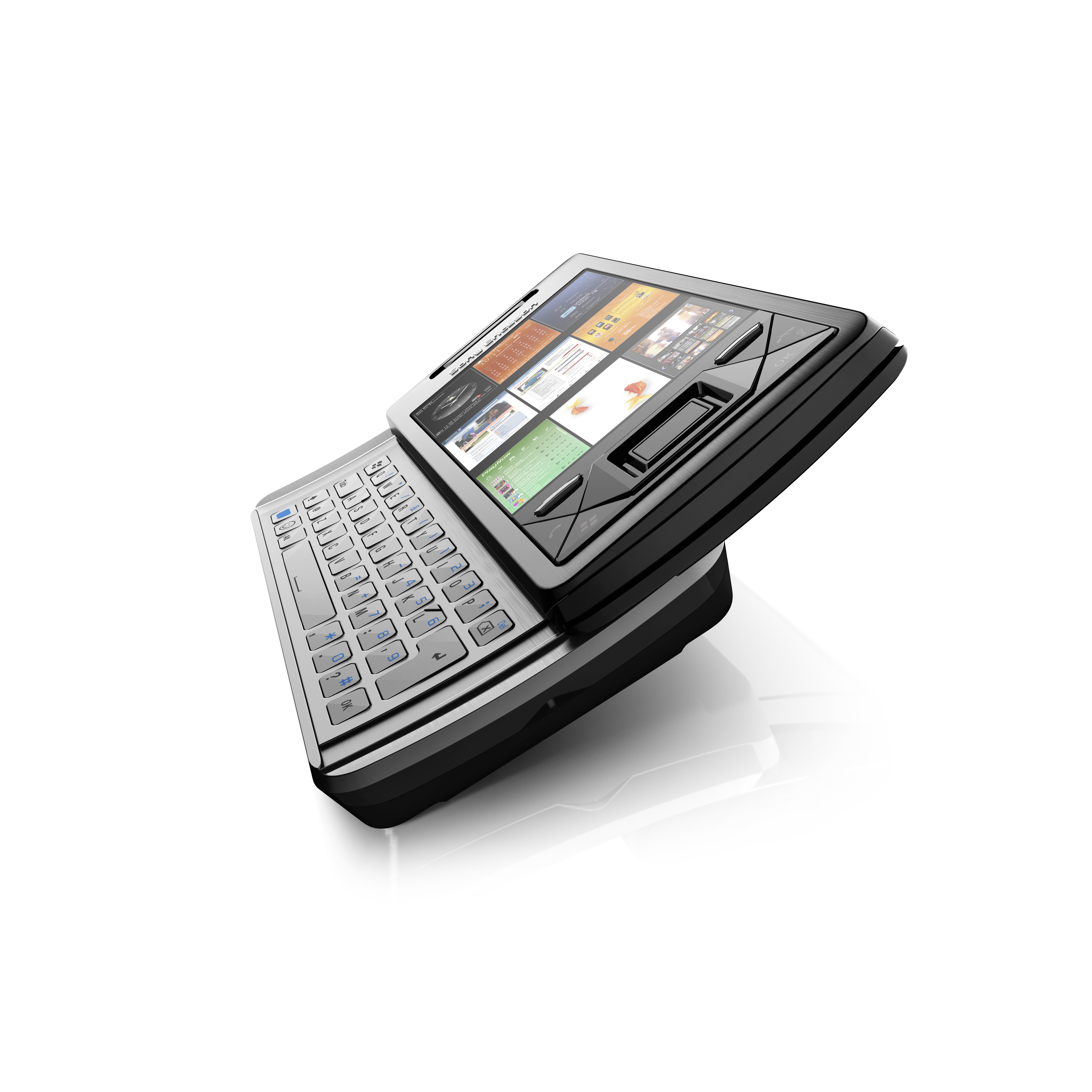Nanotech promises better cameraphones
Distortion-free snaps possible with new curved sensors

Ever noticed how snaps from cameraphones can suffer funhouse-mirror distortion?
The days of huge noses and leaning buildings could soon be over, if research from the University of Wisconsin finds its way into production.
Professor Zhenqiang Ma has developed a flexible light-sensitive material that eliminates optical problems using extremely thin strips of a nanomembrane.
When a digital camera records an image, light passes through a lens and focuses on a light-sensitive sensor. However, the lens bends the light and curves the focusing plane, with the image becoming more distorted the farther it is from the focus point.
Glass? My arse!
High-end digital cameras correct this problem using multiple panes of glass to refract light and flatten the focusing plane. However, such lens systems are large, bulky and expensive and the most expensive lenses stretch the edges of an image slightly.
Inspired by the human eye, Ma's curved photodetector could eliminate that distortion. In the eye, light enters though a single lens, but at the back of the eye, the image falls upon the curved retina, eliminating distortion.
Sign up for breaking news, reviews, opinion, top tech deals, and more.
"If you can make a curved imaging plane, you just need one lens," says Ma. His solution? Photodetectors with specially fabricated nanomembranes made from extremely thin, flexible sheets of germanium. He then applies the nanomembranes to everyday materials, such thin, flexible pieces of plastic.
More work needs to be done on curving the detectors but get ready for super-sharp high res snaps from your mobile in the years ahead.
Mark Harris is Senior Research Director at Gartner.